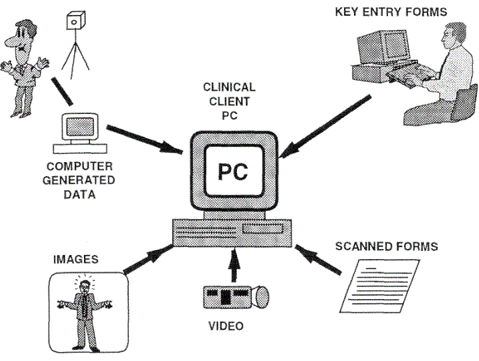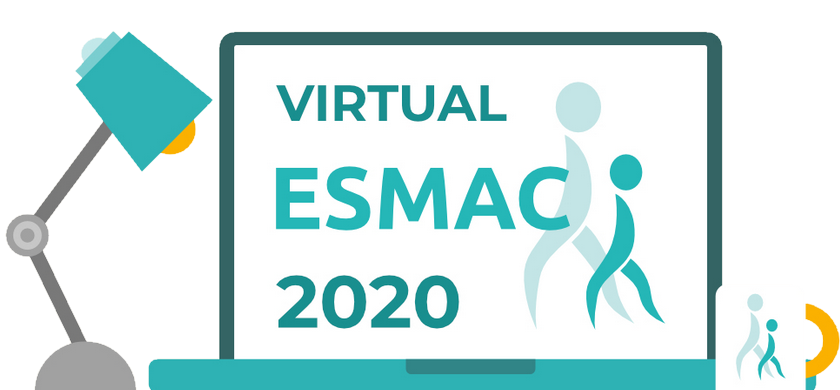Moveshelf will be at ESMAC again in 2020! ESMAC is going virtual this time, but it promises to be an exciting conference once again. You may be wondering, what is this 1990s image below doing in this 2020 blog post? Read on.

Figure 17 from Kaufman, K.R. (1998), Future Directions in Gait Analysis. RRDS, Gait Analysis in the science of Rehabilitation; Section IV (85-112)
Well, back in 1998, Dr. Kenton Kaufman wrote a visionary article called Future directions in gait analysis. Much of his vision has since been realized by researchers and clinicians working together in the field of movement analysis. However, a key part of his vision was that all relevant information should come together on the clinician’s PC. 22 years later, movement data from movement labs is still too often reduced to a PDF when the clinician sees it. Moveshelf integrates with the hospital’s Electronic Health Record to address this problem. At ESMAC, we’re going to be talking about how.
Working on the future of movement analysis
While we believe movement labs are key tools in measuring movement, the external validity of real-world measurements is also an important consideration. We think that in the future, clinicians will expect movement labs to provide them with analysis of at-home measurements, in addition to the data capture in the lab. That is why we are collaborating with Amsterdam UMC on Automatic video tracking using deep learning in dyskinetic cerebral palsy. The project is led by Dr. Helga Haberfehlner, in collaboration with Prof. Jaap Harlaar and Dr. Marjolein van der Krogt. Dr. Haberfehlner will present on the project during ESMAC, from 13:35-13:45 (CET) in Room 1. We would like to invite you to watch her presentation. The session can be found in the schedule here.


